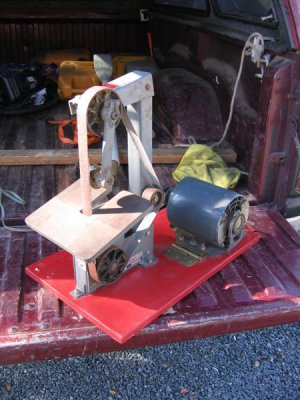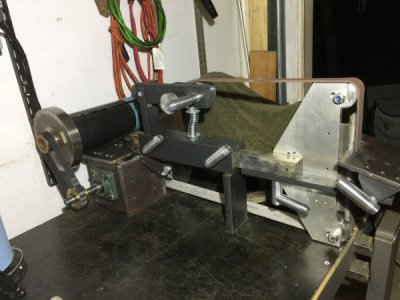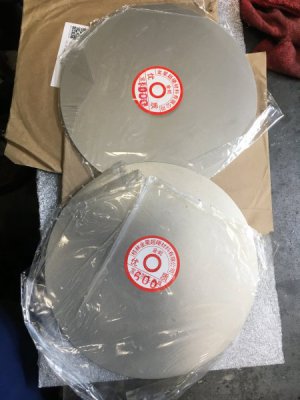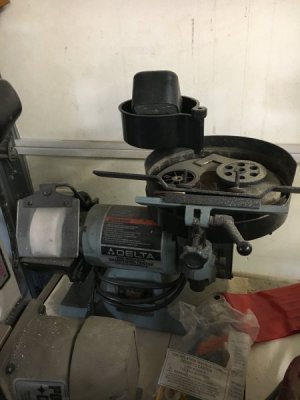- Joined
- Oct 31, 2016
- Messages
- 2,645
I have to second Mikey on the belt sander. When I started this journey I was using my 4" makita highspeed grinder. The tool bits barely worked. Then I picked up a Dunlap 6" bench grinder at a garage sale. Things got much better but it was still a chore to get things close to right. Then I found a Delta 1x42 belt sander in a consignment shop for $40.

What a difference. Grinding a tool bit now is no big deal.

What a difference. Grinding a tool bit now is no big deal.





